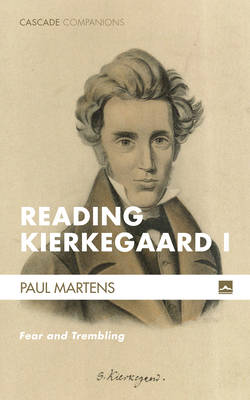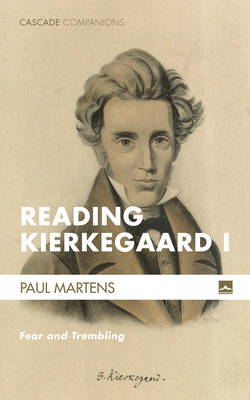
- Afhalen na 1 uur in een winkel met voorraad
- Gratis thuislevering in België vanaf € 30
- Ruim aanbod met 7 miljoen producten
- Afhalen na 1 uur in een winkel met voorraad
- Gratis thuislevering in België vanaf € 30
- Ruim aanbod met 7 miljoen producten
Zoeken
€ 48,95
+ 97 punten
Uitvoering
Omschrijving
In his posthumously published Journals and Papers, Kierkegaard boldly claimed, "Oh, once I am dead, Fear and Trembling alone will be enough for an imperishable name as an author. Then it will be read, translated into foreign languages as well. The reader will almost shrink from the frightful pathos in the book." Certainly, Fear and Trembling has been translated into foreign languages, and its fame has ensured Kierkegaard's place in the pantheon of Western philosophy. Today, however, most shrink from the book not because of its frightful pathos but because of its fearsome impenetrability. In this first volume of a Reading Kierkegaard miniseries, Martens carefully unfolds the form and content of Kierkegaard's celebrated pseudonymous text, guiding and inviting the reader to embrace the challenge of wrestling with it to the end. Throughout, Martens demonstrates that Fear and Trembling is not merely a book that contains frightful pathos; it is also an entree into Kierkegaard's vibrant and polyphonic corpus that is nearly as restless as the faith it commends.
Specificaties
Betrokkenen
- Auteur(s):
- Uitgeverij:
Inhoud
- Aantal bladzijden:
- 130
- Taal:
- Engels
- Reeks:
Eigenschappen
- Productcode (EAN):
- 9781498287104
- Verschijningsdatum:
- 20/01/2017
- Uitvoering:
- Hardcover
- Formaat:
- Genaaid
- Afmetingen:
- 127 mm x 203 mm
- Gewicht:
- 254 g

Alleen bij Standaard Boekhandel
+ 97 punten op je klantenkaart van Standaard Boekhandel
Beoordelingen
We publiceren alleen reviews die voldoen aan de voorwaarden voor reviews. Bekijk onze voorwaarden voor reviews.








